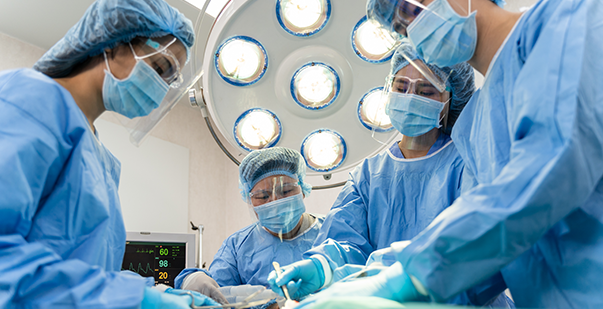
Last Updated On: septiembre 9, 2024
Operations of any kind are significant trauma for the body. Most people do not have issues with it. However, some could have a heart attack during surgery. CPR for operation theater is a critical skill that every surgeon and attendant should take along with other life-saving courses. This blog talks about the guidelines of CPR in an operation theater and the modern technology for resuscitation today.
A few cardiopulmonary resuscitation (CPR) guidelines are specific to the operating room. These guidelines are designed to ensure that CPR is performed safely and effectively in this complex environment.
The effectiveness of CPR can vary depending on several factors, including the skill of the person performing it, the quality of the chest compressions, and the time to medical attention. Several cutting-edge technologies and practices are being developed to enhance the effectiveness of CPR. These include:
The development of these cutting-edge technologies and practices gives hope to the millions of people who suffer from cardiac arrest each year. With continued research and development, CPR may become a routine procedure that can save countless lives.
What happens if CPR needs to be delivered during surgery?
If a patient collapses during surgery, the doctors must immediately take action. Most of the time, the attendants should start chest compressions immediately and ensure they also deliver oxygen. However, delivering CPR in an operation theater is nerve-wracking as it means the patient has gone into cardiac arrest mid-surgery.
What is the most critical thing to remember during CPR?
The gap or interruption between chest compressions is critical in CPR. It is the most crucial thing that can help a victim sail through. There should never be more than 10 seconds of interruptions between chest compressions.
What is more critical, rescue breaths or chest compressions?
Chest compressions are the most critical thing, which you also learn in a recognised CPR course. This action ensures you have blood running throughout your body. This blood carries oxygen to the organs and prevents them from dying.
The need for CPR in the operation theater is not a good sign for the patient under surgery. It goes to show that their body collapsed and went into cardiac arrest in the operating room. However, doctors still have a chance with the latest technology and comprehensive courses. The American CPR Care Association offers one of the most up-to-date courses on CPR. You can also avail a group discount by putting together a group of 5 people. Log onto the ACCA website for more details and register today.